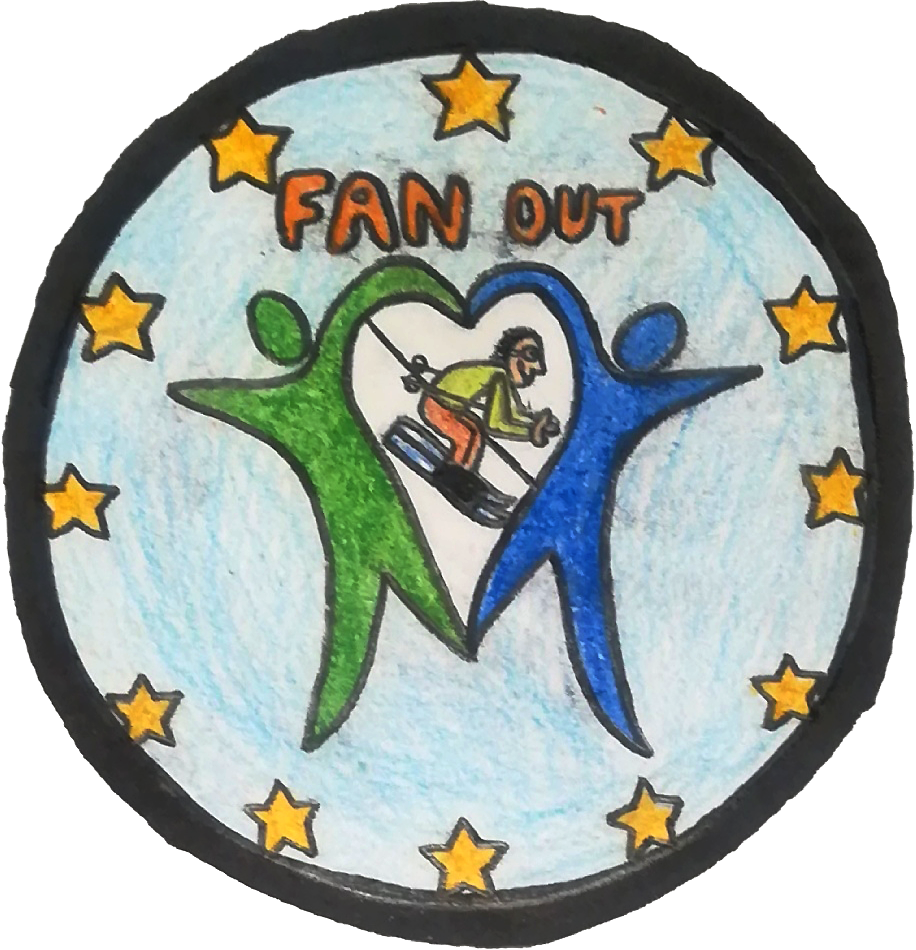LEONESE WRESTLING

FIGHT GAMES

SPORT

ALL

TWO PEOPLE

CLUBS, FEDERATIONS

PHYSICAL CONDITION IMPROVEMENT, PHYSICAL MOTOR SKILLS IMPROVEMENT, PSICHOLOGICAL SKILLS IMPROVEMENT, SOCIAL SOCIALIZATION, AND SOCIAL INTEGRATION
Leonese Fight
How is it played? (Rules)
It is fought barefoot, inside a circular space called «corro» (traditionally grass, but also on mats), with a diameter of 18 meters. Once the grip of both fighters (one hand in front and the other on the back of the opponent’s belt, tanned leather made, three centimeters wide), the wrestling begins. The objective is the «fall», which is considered «whole» when the one that falls hits the ground with the back of his body, from the knee to the nape of the neck. If it hits the side, front or release the belt, it is considered «half-fallen». It is usually fought to two whole falls, sum of half-fallen or advantage achieved in set time, which is one minute and a half for qualifying matches, three minutes in finals.
There are categories by weight, that at present are, for masculine senior wrestling, four: Lightweight(-67’050 kg), Middleweight(67’051-77’050 kg), Semi-heavy weight(77’051-88’050 kg) and Heavyweight(88’051-kg). In female senior wrestling, with other weights, they are not considered Semi-heavy weight. At the same time, there is wrestling in basic and juvenile ages («Benjamines, Alevines, Infantiles, Cadetes and Juveniles»), from 8 to 18 years old.
Sport or Game History and origins:
Submitted by
Objective
Benefits
Physical: Physical condition improvement (strength, speed, endurance, etc).
Psychological: Psychological skills improvement (motivation, leadership, group cohesion, concentration, etc.)
Physical: Motor skills improvement (coordination, balance, agility, etc.)
Social: Integration (intergenerational, integender, intercomunities, etc.).
Social: Socialization (social relations based on game/sport).
Game’s materials
Sports shirt and shorts, wrestling belt («cinto»). It is allowed to use protections (that do not provoke damage to the contrary) for wrists, ankles. knees and waistband.
Is it related to an specific event or festivity ( festivals, religious or pagan celebrations)?
Traditionally it was wrestled in parties and pilgrimages of the country villages or other celebrations. At present, the best-known competition, the «Summer League», continues to have as citations the parties of the villages.






